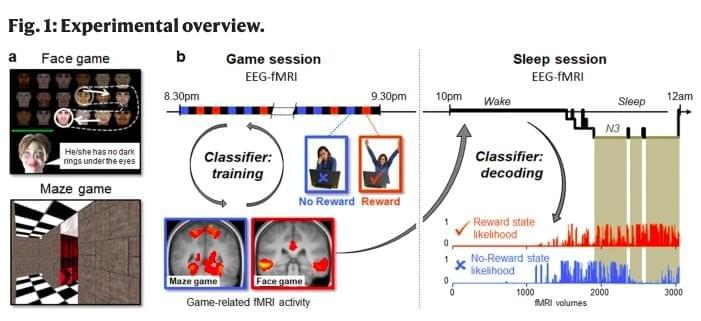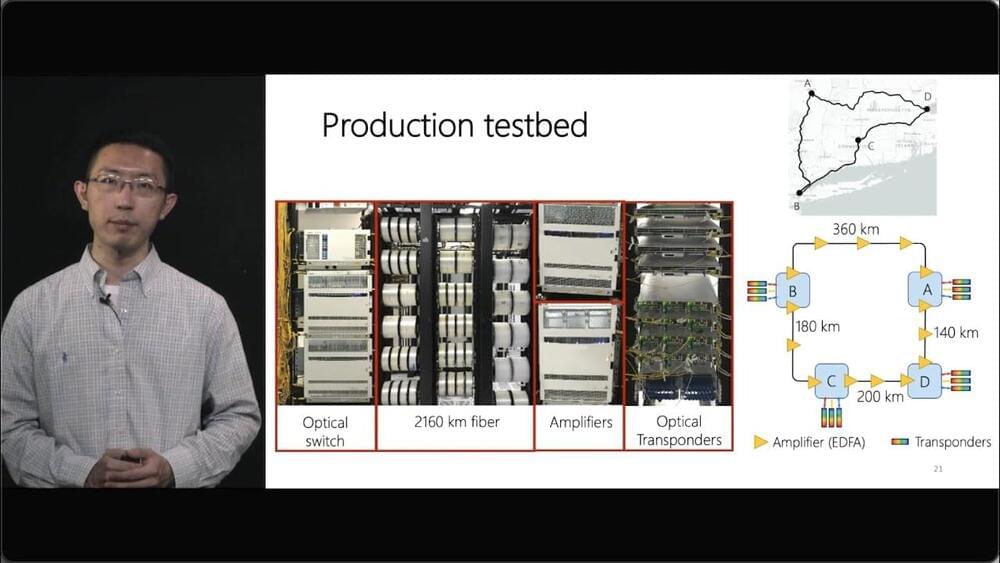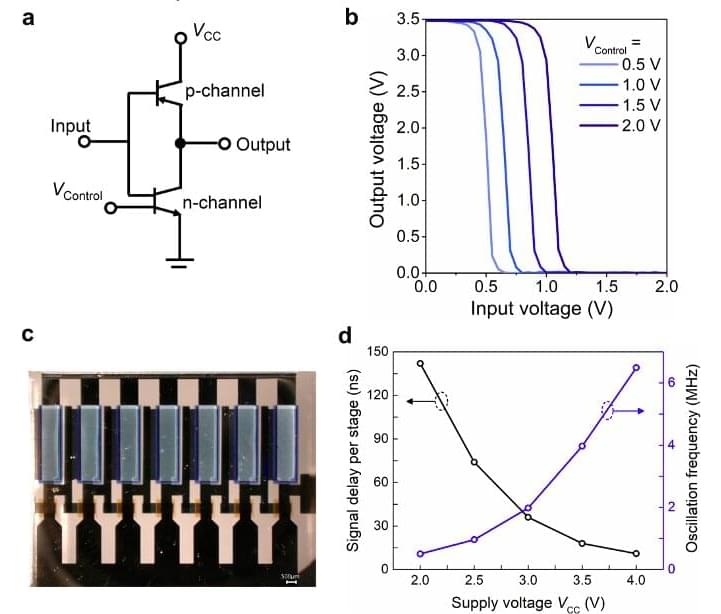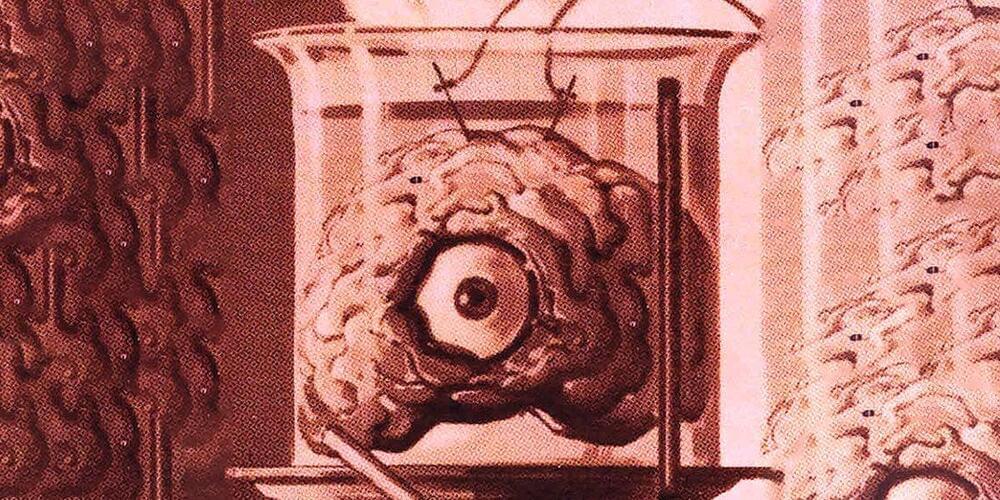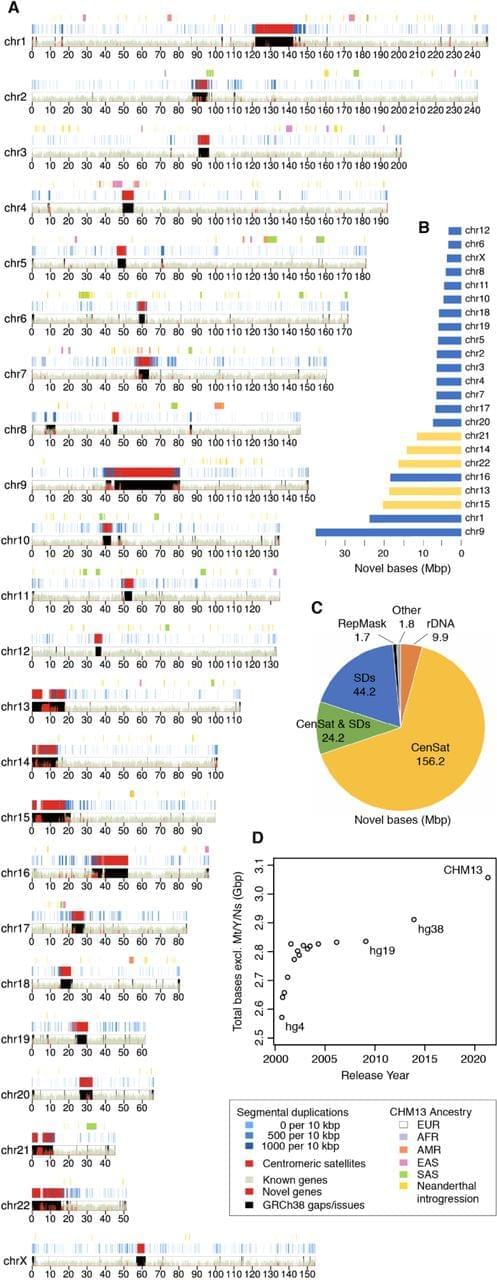Aug 31, 2021
Liz Parrish considerations on gene therapy (excerpts from an interview) (con S/T en Español)
Posted by Andrés Grases in categories: biotech/medical, life extension
This is a truly enlightening 5 min. excerpt by Liz Parrish on gene therapy and its suitability to achieve radical life extension. Among other important aspects, Liz tells us about how regulatory constrains are delaying progress in this important vehicle to treat incurable diseases and aging itself. I added subtitles in Spanish. Don’t miss it!!! In the description of the video is the link to the entire interview.
Este es un extracto muy esclarecedor por parte de Liz Parrish sobre la terapia génica y su idoneidad para lograr una prolongación radical de la vida. Entre otros aspectos importantes, Liz nos cuenta cómo las restricciones regulatorias están retrasando el progreso de este importante vehículo, para tratar enfermedades incurables y el envejecimiento en sí mismo. Le he agregado subtítulos en español. No te lo pierdas!!! En la descripción del video está el enlace a toda la entrevista.

